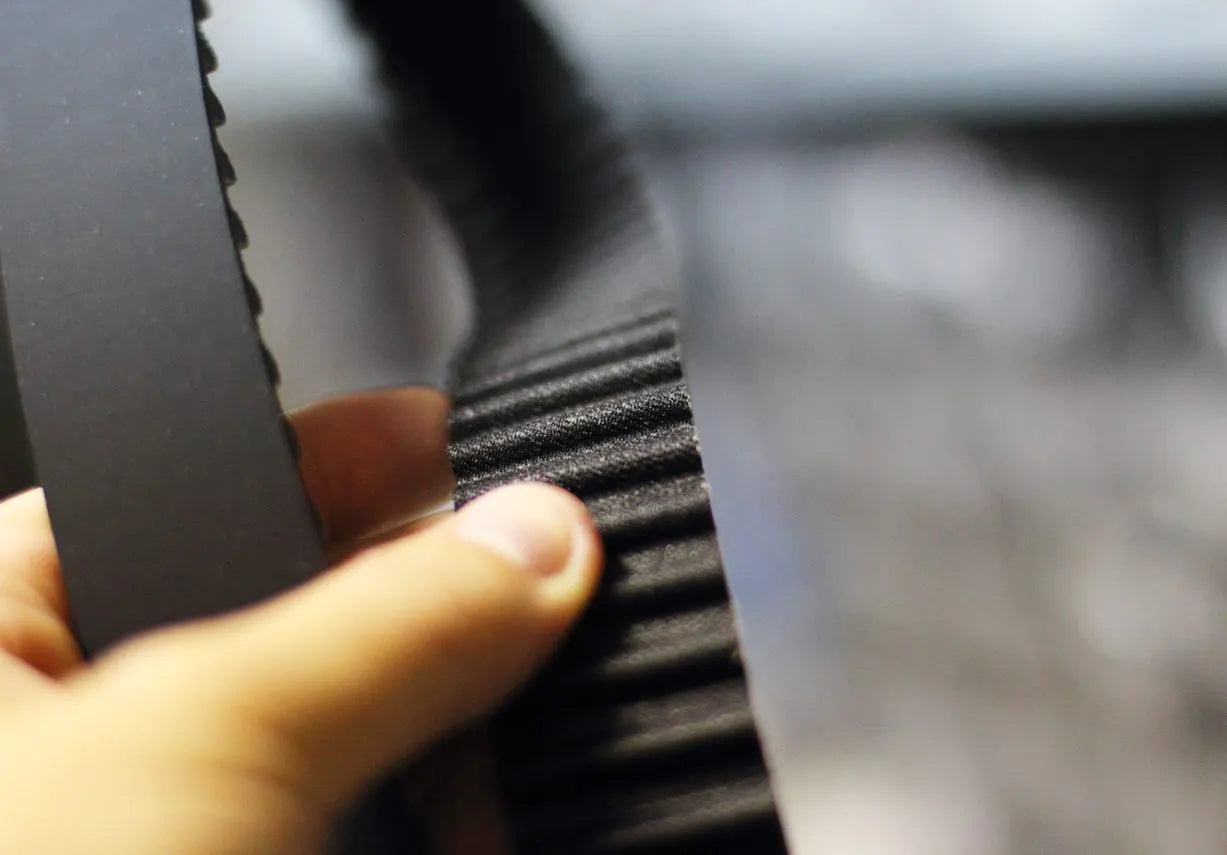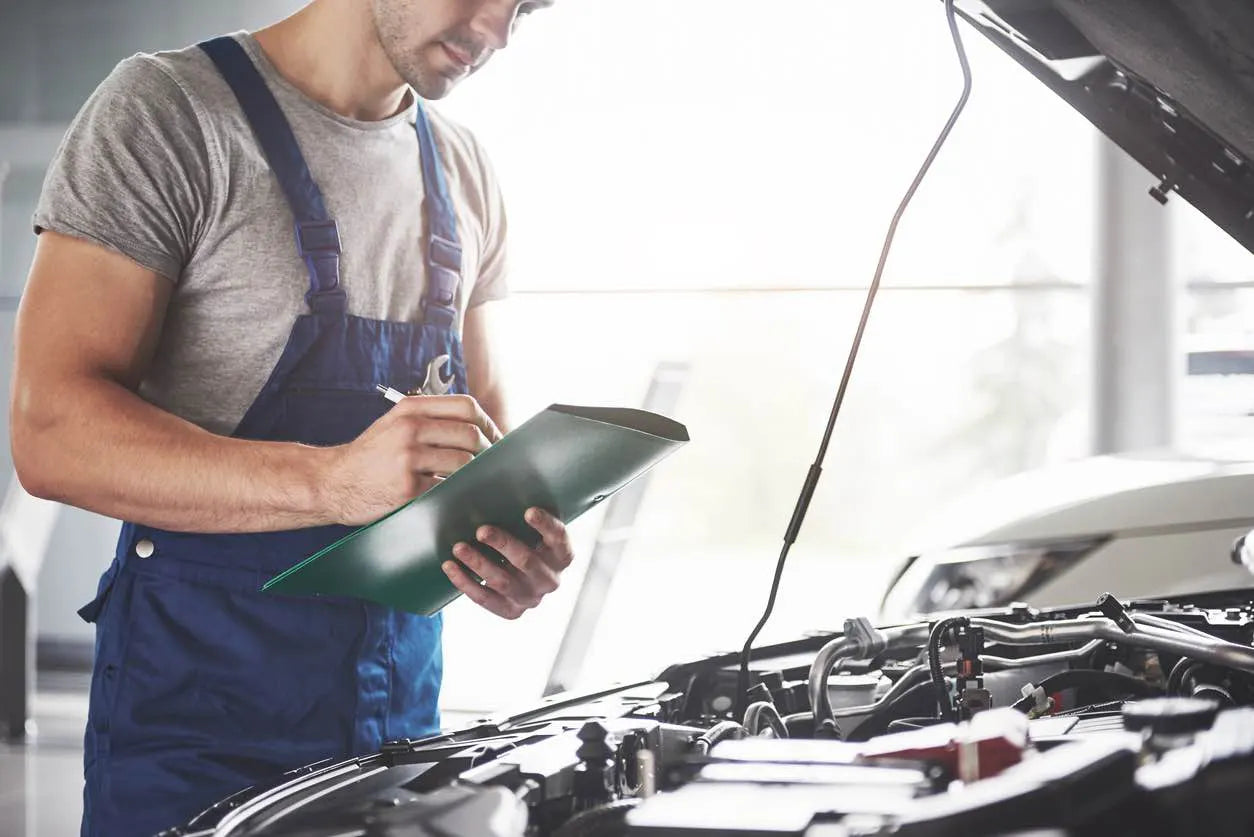Technical Info and Basic Car Checks
Maintaining and checking your car can be a scary thought if you've never done it before, but it doesn't need to be. Getting in the habit of performing basic car checks will not only keep your car in top condition but will also reduce your chances of an unexpected breakdown in the middle of your journey.
Carrying out basic car checks doesn’t take a lot of effort and could save you time and money in the long term – especially before an upcoming MOT. Plus, knowing a little more about your car, in general, can help you understand its inner workings, and might stop you from panicking that your vehicle is completely unfixable if things go wrong.
With all that said, here are a few hints and tips for performing basic checks on your car.
Basic Car Maintenance
Our car maintenance guide is here to help you understand how to carry out basic checks on your car to help keep it running smoothly and ensure your vehicle stays in tip-top condition all year round.
Checking Car Fluids
Your car has several fluids that should be regularly checked, as they can impact vital things like performance. You’ll also need to keep fluids like screen wash topped up to pass your MOT.
Here’s where to find them and what to look for…
Collapsible content
Engine Oil
The engine oil level should be between the minimum and maximum markers on the engine oil dipstick found under the bonnet. If left at low levels, it can cause engine damage which can result in costly repairs.
If you cover a lot of miles, you should check your oil at least once a fortnight. You should also have the oil changed by a mechanic at least once a year as part of your car’s regular service.
Checking Screen Wash
eeping your screen clear is a challenge all year since snow and grit can cause problems in the winter and bugs and tree sap can be equally as pesky in the summer.
Check the screen wash levels in the tank under the bonnet and top up with quality screen wash as needed. Remember, you can fail your MOT for not having screen wash, so it’s important to check it regularly.
Engine Coolant
Engine coolant level needs checking regularly to ensure maximum performance and engine health. Cooling system failures are among the most common problems that can occur on your car, with coolant leaks responsible for thousands of overheating-related breakdowns each year. It’s for this reason that checking coolant levels is so important.
The good news is that it’s easy to check the level of your car’s coolant yourself. That’s because most cars have a translucent coolant reservoir with clear ‘min’ and ‘max’ markers on the side. Plus, coolant is usually bright in colour, which makes it even easier to tell how much is in the system.
As a rule of thumb, your coolant level should always be at the ‘max’ level. If it’s not or you notice that it’s gone down, have the cooling system checked and topped up by a mechanic.
Checking the Timing Belt
The timing belt keeps crucial parts of the motor working in sync, ensuring that the timing is accurate so that your car runs perfectly. If it fails, it can cause engine damage which can be costly to fix.
Make sure you’re looking out for signs of a failing timing belt, which include:
- Rough running of the engine
- A lack of power when accelerating
- Misfiring when idling
- Excessive use of fuel
Typically, the timing belt should be replaced every 40,000 to 60,000 miles, so it’s worth checking the owner’s manual for previous service details. If you’re unsure, then it’s best to have a qualified mechanic check and replace it for you.
Checking and Replacing the Air Filter
A faulty or clogged air filter can significantly impact fuel efficiency, resulting in overall engine power being reduced, as well as an increase in emissions.
To check it, locate the filter under the bonnet; it’s usually found beneath a cover at the very front of the car. Check the owner’s manual for advice on how to safely remove the air filter.
It may be possible to clean the air filter yourself with a vacuum cleaner, but if it’s very dirty or showing signs of age or wear, a replacement may be necessary. Either way, if you’re unsure, it’s always best to consult a professional in the first instance.
Understanding the Signs of Brake Wear and Failure
Brake maintenance should always be left to a professional mechanic, but it’s good to have an idea of the signs to look for when things go wrong.
If your brakes are failing, you may notice one or more of the following:
- Stopping power is diminished
- A grinding/squealing noise
- Vibration on the brakes
- Pedal sinks to the floor
- Pulling to either side
- Warning light on the dashboard
- Sticking handbrake
If you notice any or all of these, then the best advice is to have it looked at by a professional.
Carrying Out Car Checks and Maintenance
As daunting as it can be, car maintenance is an essential part of car ownership. And the more checks you can learn to do yourself, the more money you’ll ultimately save on the cost of running a car.
From checking essential engine fluids to giving wiper blades a once over, we want to arm you with the knowledge and insights you need to make a habit out of maintaining your car. But remember, if you’re really not sure or aren’t a dab hand at DIY, taking your car to a professional mechanic is always the best course of action.
Car MOT Checklist
Essential car checks are an important part of preparing for a fuss-free MOT – ensuring that your vehicle is up to scratch when it comes to safety and emissions requirements. Before your next MOT is due, be sure to use our handy preparation guide to tick off things ahead of time and ensure a fuss-free garage visit.




